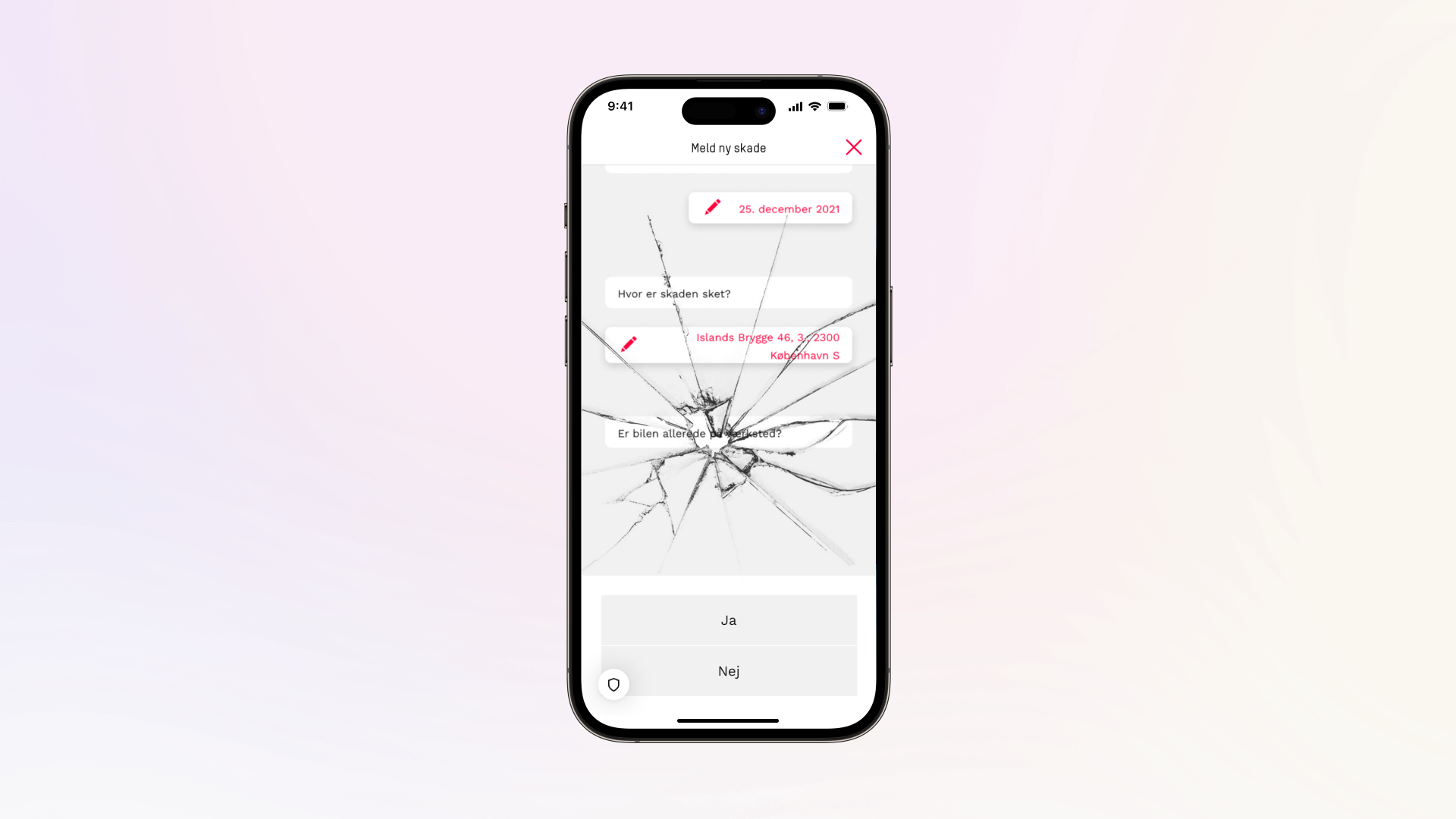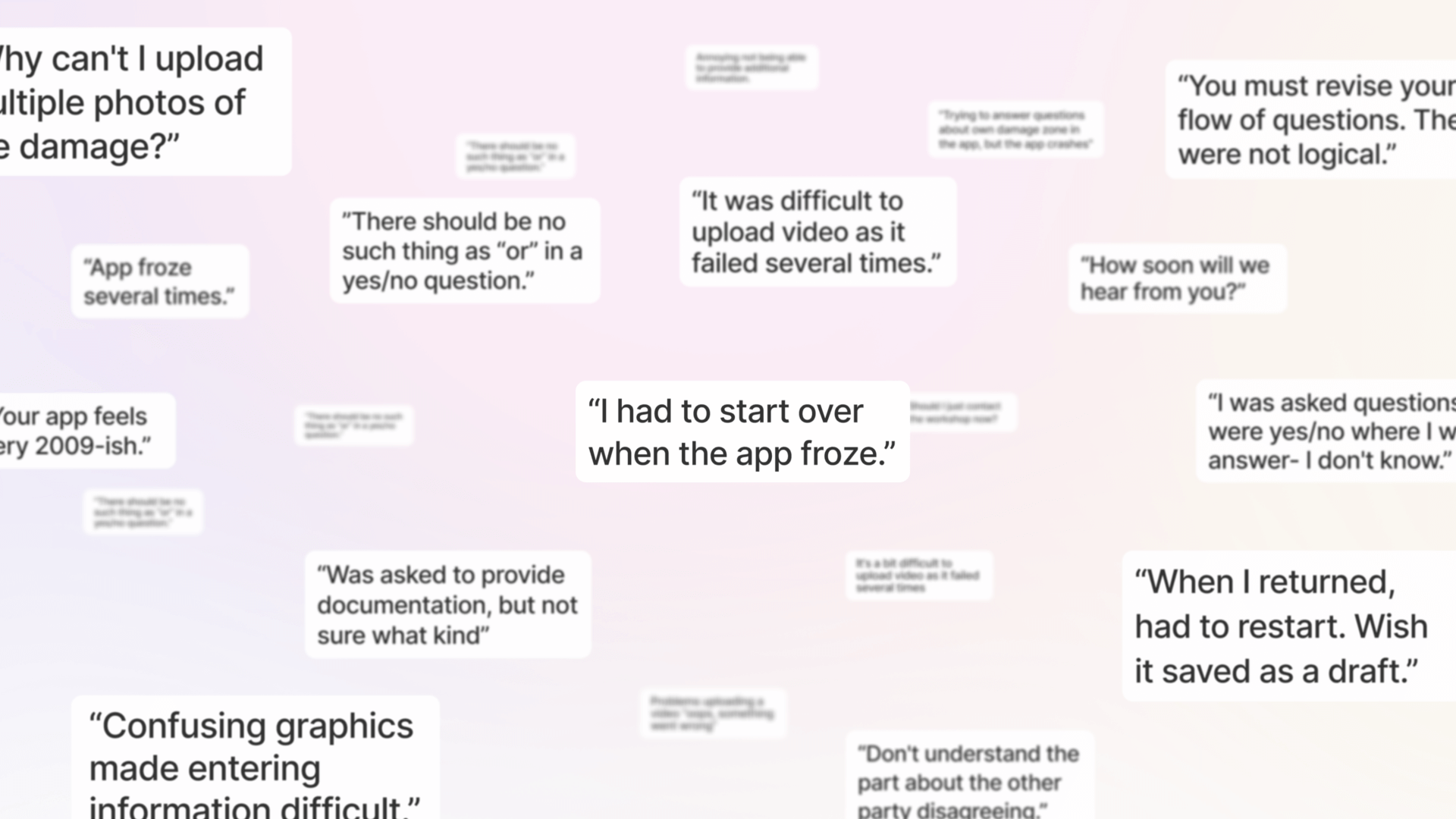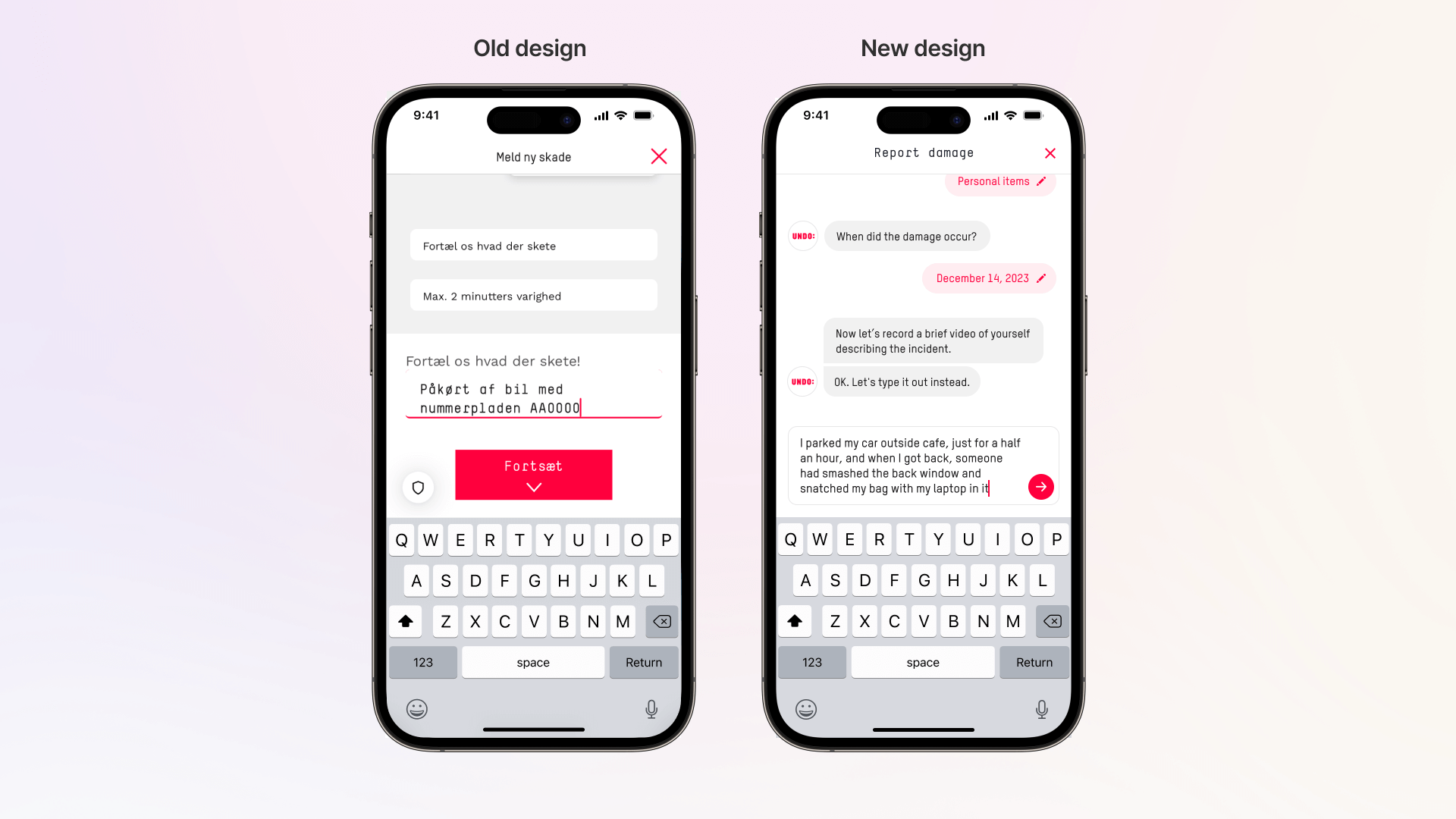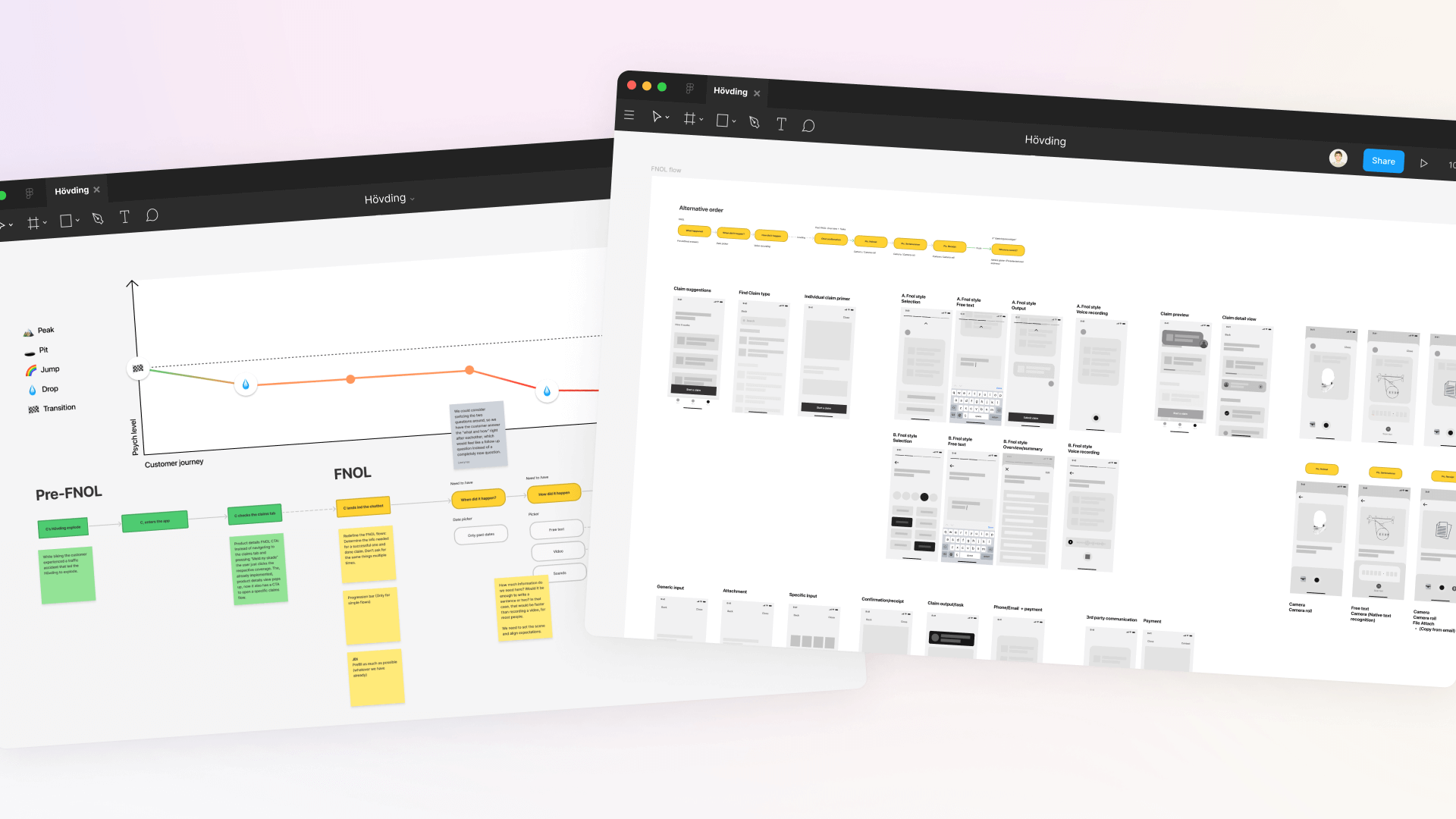From Friction to Flow: How We Fixed Claim Filing at Undo
2023

At Undo, a rapidly growing digital insurance company, the claim filing experience had historically been neglected. The process relied heavily on manual handling by the claims team, leading to inefficiencies. With the company scaling to over 50,000 customers, this bottleneck became a significant pain point in the customer journey, particularly at such a crucial touchpoint.
Recognizing the need for improvement, the leadership established a dedicated two-person team, composed of myself as the product designer and a front-end engineer. Our mission was to streamline and redesign the claim filing process to meet modern customer expectations.
We aligned on the following objectives and key results (OKRs) to guide our three-month project from October to December:
Address customer issues to meet fundamental expectations and redesign the high-impact claims flow.
Reduce the number of high-priority customer issues by 80%.
Update the visual design to align with the existing design system (typography, colors, icons, buttons, inputs).
Redesign the claims experience specifically for Hövding helmets, a frequently used insurance claim.
Due to the limited team size and lack of backend development resources, our efforts focused primarily on design and front-end solutions.

Various statements from the customers.
To ensure we addressed the right problems, we began by gathering both qualitative and quantitative feedback:
From these sources, we identified critical issues, including:

Updated look and feel of claim filing flow.
As part of the discovery phase, I took a deep dive into the design elements and components used in the claims flows. What I found were some clear opportunities to tighten things up and smooth out inconsistencies. These ranged from visuals that didn' quite match the rest of the app to usability issues that made the experience feel a bit clunky.
The focus was on updating key visual pieces—typography, colors, icons, buttons, and input fields, as well as rethinking some core components, like the date picker and address finder. Customer feedback had pointed out a few usability issues, so we redesigned these to be more intuitive and efficient.

Customer journey mapping and wireframes of the redesigned flow.
While the front-end engineer focused on fixing top-priority issues and rolling out improvements, I teamed up with our UX researcher to dive into understanding customer pain points in the inflatable bike helmet claims flow—our most frequently used one.
We kicked things off by interviewing our Danish customers who had recently completed the full claims process, from the accident all the way to receiving their replacement helmet. Although the interviews were conducted in Danish—a language I don' speak—we held debriefs to unpack the key insights. From these findings, I took several key steps to improve the experience:
At the conclusion of our three-month work cycle, we successfully addressed the majority of high-priority issues in the claims flow. This had a tangible impact on both customer satisfaction and internal efficiency:
More importantly, we demonstrated to leadership that our newly formed two-person team could not only seamlessly integrate into the organization but also drive meaningful innovation in the claims experience. This was a significant win, as it validated our approach and showcased the potential for even greater improvements down the road.